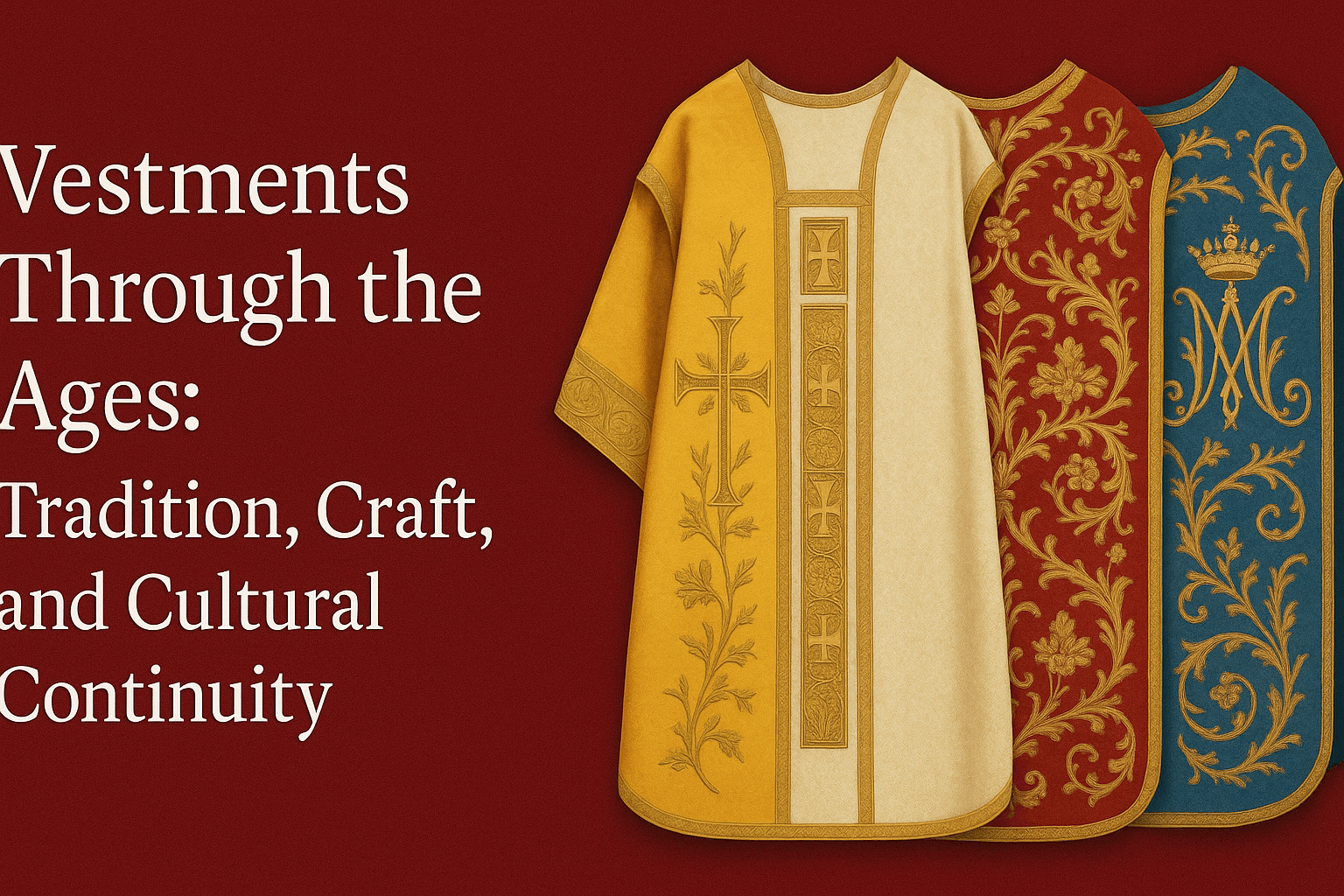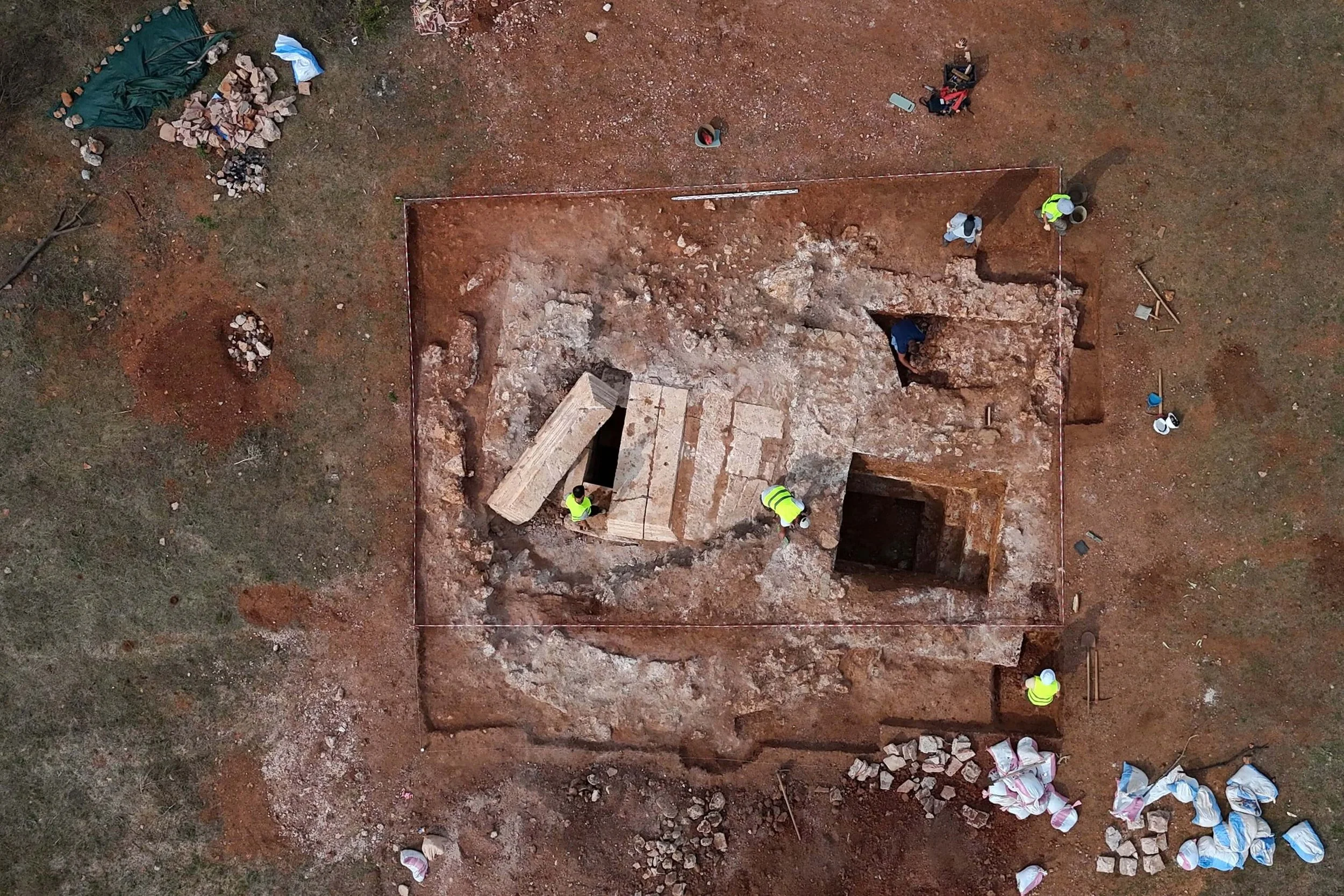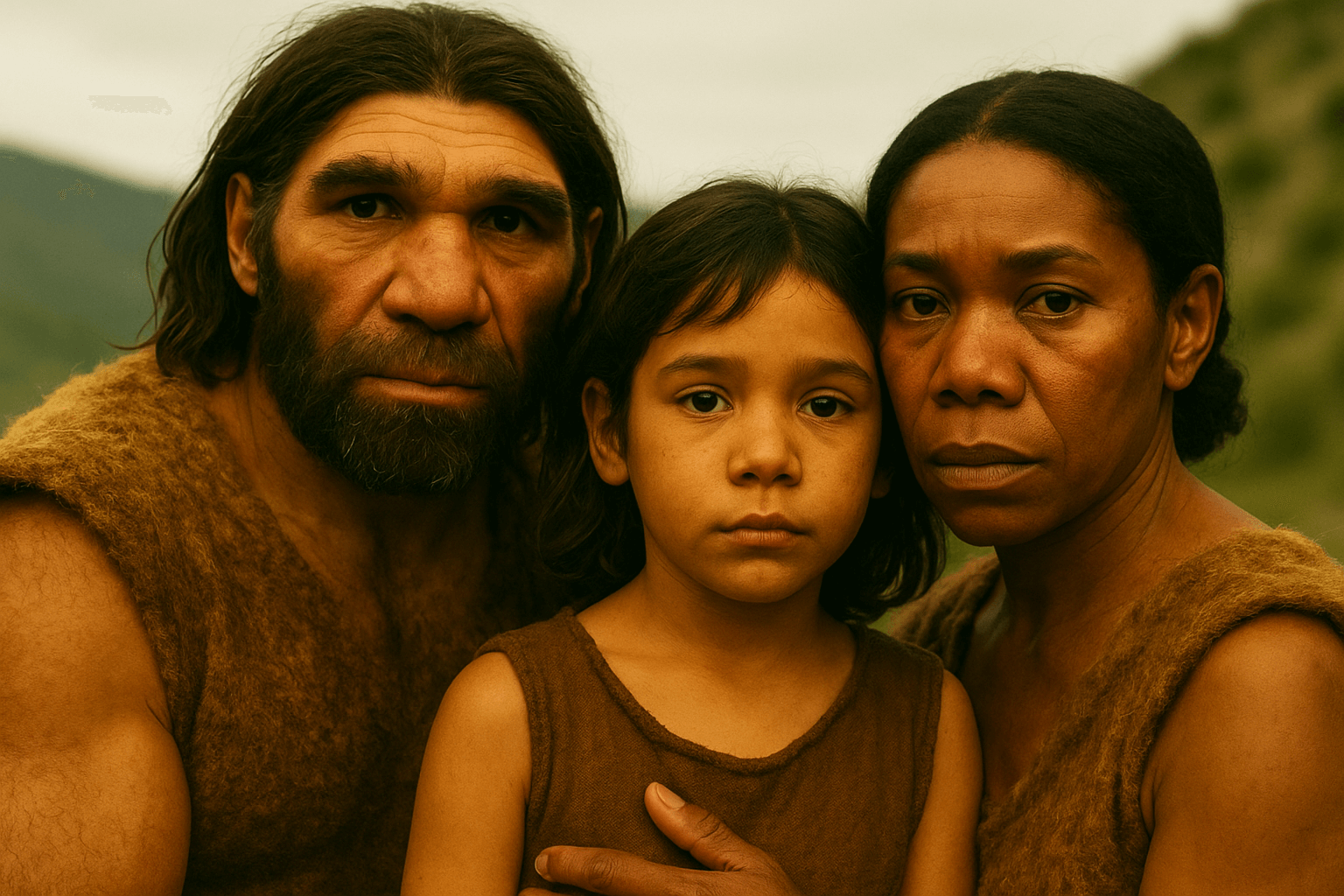To underscore that there is no better place for the Parthenon Sculptures than Athens, Stampolidis invoked the ancient poet Pindar:
“The light of Attica, praised by Pindar in 475 BC — speaking of Athens crowned with violets, because that’s the hue the Rock takes on certain summer evenings — what LED light, what museum in the world could ever replicate that? And beyond the beauty and architectural detail, it’s about democracy and, above all, emotion. No other museum can offer that.”
He also quoted British filmmaker David Wilkinson, who recently wrote:
“Returning the Sculptures is a matter of moral principle, even if the Acropolis Museum were visited by only 10 people (and not over 2 million). The British are supposed to be a well-mannered nation — yet keeping stolen property for over 200 years is not good manners. It is a disgrace.”
A Strong Voice for Reunification
As a prominent voice in Greece’s effort to reunite the Parthenon Sculptures, Stampolidis has worked tirelessly to highlight this cause internationally. Over the past year, he showcased the successful agreement that brought the “Fagan fragment” from the A. Salinas Museum back to the eastern frieze of the Parthenon in Athens — a model for how other pieces should follow.
He also reiterated UNESCO’s 2021 decision affirming that reunification is correct, ethical, fair, and a matter for governments. He presented new arguments at events like the Greece Talks international conference in Athens and at special presentations at the museum’s Dimitrios Pantermalis Amphitheatre, during the launch of Sir Stephen Fry’s new book advocating for the sculptures’ return, and through the exhibition The Parthenon and Byron, which highlights the lack of legitimate Ottoman documents authorizing Lord Elgin’s removal of the sculptures — proving their unlawful appropriation.
Stampolidis has also brought this message to Italy, Switzerland, the United States, and other countries, stressing that reuniting the sculptures is a symbolic act with global resonance.
An Exceptional Year for the Acropolis Museum
Once again, the Acropolis Museum affirmed its place among the world’s most influential museums. In 2024, it ranked 33rd globally, welcoming over 2 million visitors.
Over the past year, it hosted acclaimed temporary exhibitions featuring ancient masterpieces from Greece and abroad, such as Welcome Stranger in the Land of Dreams with Robert McCabe’s photography; Ancient Civilizations of Basilicata, showcasing early cultures of southern Italy and their contact with the Greeks; and Allspice | Michael Rakowitz & Ancient Cultures, highlighting the acclaimed contemporary artist’s work.
The museum’s ground-floor foyer also hosted special exhibitions like A Tale of Two Cities, featuring works by Greek and Egyptian artists, and The Parthenon and Byron, which explored the looting of the Parthenon’s architectural sculptures by Lord Elgin.
A major highlight was the opening, on June 25, 2024, of the Excavation Museum beneath the Acropolis Museum — an extraordinary space displaying 1,150 selected objects that bring visitors closer to daily ancient life, evoking deep human connection and emotion.
Global Outreach and Inclusive Initiatives
The Acropolis Museum’s collections also traveled abroad, with exhibits showcased in Melbourne and Beijing as part of major archaeological exhibitions organized by Greece’s Ministry of Culture.
Numerous cultural events, mostly musical, were hosted with free admission, while 1,600 visitors enjoyed free thematic presentations by museum archaeologists. Special programs were organized for groups such as people on the autism spectrum, individuals with dementia, refugees, migrants, schools, and families, offering meaningful educational experiences.
Keeping pace with technological advances, the museum introduced a new free image recognition service to identify objects during visits, along with new audio tours: a short 60-minute highlights guide and a family-friendly treasure-hunt-style tour designed for parents and children.
In addition, 1,150 objects from the Excavation Museum were fully documented and digitized, 11,464 new items were photographed and catalogued, conservation work continued apace, and 6,150 high-quality replicas of exhibits were produced for exclusive sale at the museum’s shops.
A Call That Echoes Beyond Greece
















































